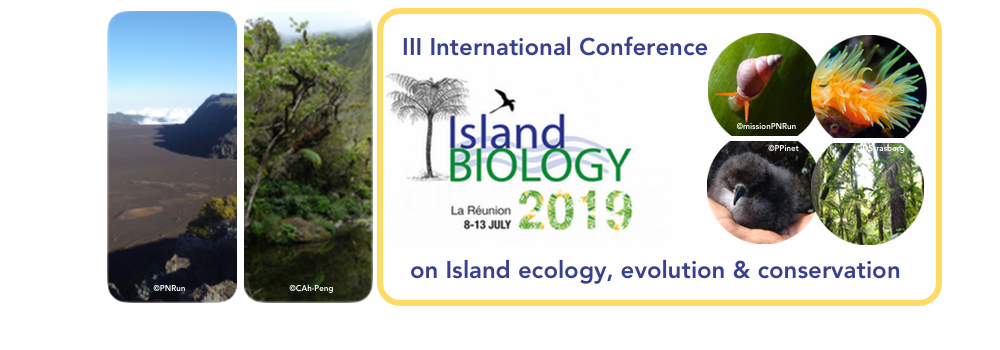Human activities fundamentally alter ecosystems and landscapes from local to global scales. A key moment in making human impact truly global was the arrival of Columbus to the Americas in the late 15th century. The islands in the eastern Atlantic Ocean were crucial stepping-stones for this event and allowed for the subsequent emergence of global trade networks. These islands facilitated the biotic and cultural exchanges in the current epoch and as such, played a crucial role in the start of the Anthropocene. The aim of our study is to understand to what extent past human-environment interactions have shaped present-day landscapes and ecosystems on 30 islands in the eastern Atlantic. Volcanic oceanic islands are ideal “microcosms” for analysing the dynamics of past human impacts because the start of ecological processes and first human contact can be clearly defined. We integrate palaeo-ecological- and historical socioeconomic data spanning the duration of human settlement with a GIS-based analysis of anthropogenic, climatic and topographic variables. As a proxy for the state of island ecosystems and landscapes, we quantified the proportion of natural vegetation and calculated an index for the degree of landscape modification. Our findings show that present-day ecosystems and landscapes are the outcome of how humans have interacted with their environment over several centuries and sometimes millennia. However, contrasting pathways of past human-environment interactions result in diverse ecological and landscape outcomes. We conclude that an appreciation of the dynamics of local human-landscape interactions in the past provides a reference point for understanding current global change.
- Picture

 PDF version
PDF version

